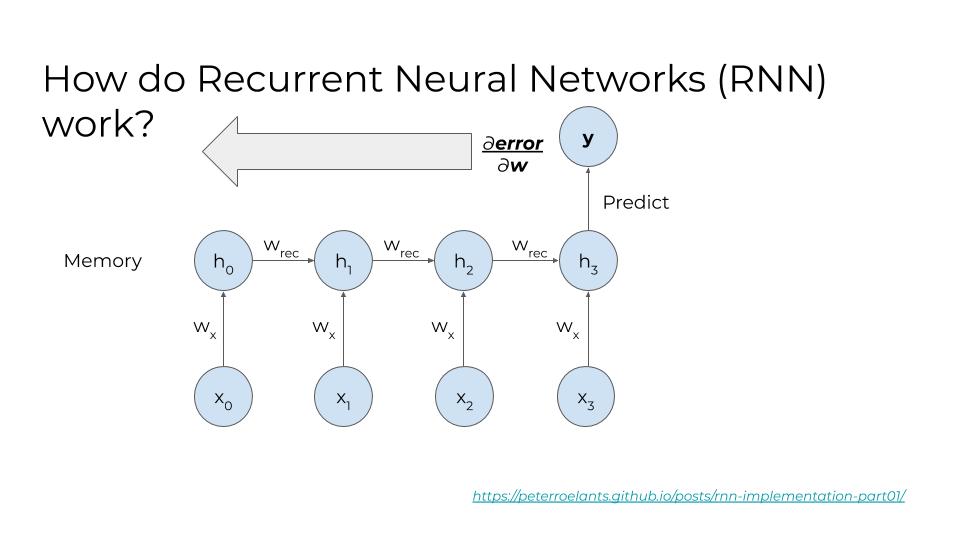Deep Learning in Biology Workshop
Discovering the beauty of math and the fun of computer science
My mother saw math in everything around us; in the geometry of a bridge we drove across, in the permutations of numbers that make up my birthday. Growing up she would get excited as she explained the solution to a math problem. She would tell me that math is beautiful. As a high school student, I remember thinking that math was simply a graduation requirement. However my understanding and appreciation for math soon changed. After taking an applied mathematics course in college (Bryn Mawr College), I discovered how math paired with computer science could be used to model and solve real world problems such as predicting the spread of influenza virus through a population given different control measures such as antiviral drugs. This course introduced me to mathematical concepts that allowed me to make quasi-discoveries within a simplified dynamical system. I found the beauty in math was combining it with computer science to translate science and research to clinical applications – It was exciting that I could make discoveries about seal populations with a few lines of code and some math equations!
I started to actively pursue opportunities to continue applying computational methods to science problems. This eventually lead to me to start a graduate degree program in Genomics and Computational Biology at the University of Pennsylvania in 2017. In 2018, I joined Casey Greene’s lab, which has a lot of expertise in using deep learning methods to study biology. Despite having a computational background, I had a lot to learn about what deep learning was. Additionally, my educational background was purely computational and so I also needed to learn biology – in my first graduate course I remember my first question was “what is a gene?”
After a long journey, I have published a paper using a generative multi-layer neural network to simulate compendia of gene expression experiments from large-scale microbial and human datasets. I have contributed to a community-written manuscript about tips for using deep learning in biology. Overall, my dissertation research has focused on using deep learning methods to extract patterns from large-scale gene expression datasets. I am currently applying these methods to understand mechanisms of P.aeruginosa infection. My goal is to develop methods that help gain insight into the complexities of disease traits. You can find my current research projects on my github page.
Deep learning in biology workshop
To celebrate and pass on the knowledge, my lab mate, Ben Heil and I are hosting a “Deep Learning for Biologists Workshop”.
For biologists with no computational background, we hope that after this course:
- You will have an idea of what deep learning is
- You will be inspired to find applications of deep learning in your own research
For those with some computational background, you will also gain an intuitive sense for how these methods work with a little bit of math (what else would you expect from a former math major).
We know the idea of deep learning feels very daunting, but we know that you can learn this too!
Come join us Thursday, October 29 at 11am - 2pm EST.
Registration can be found here


